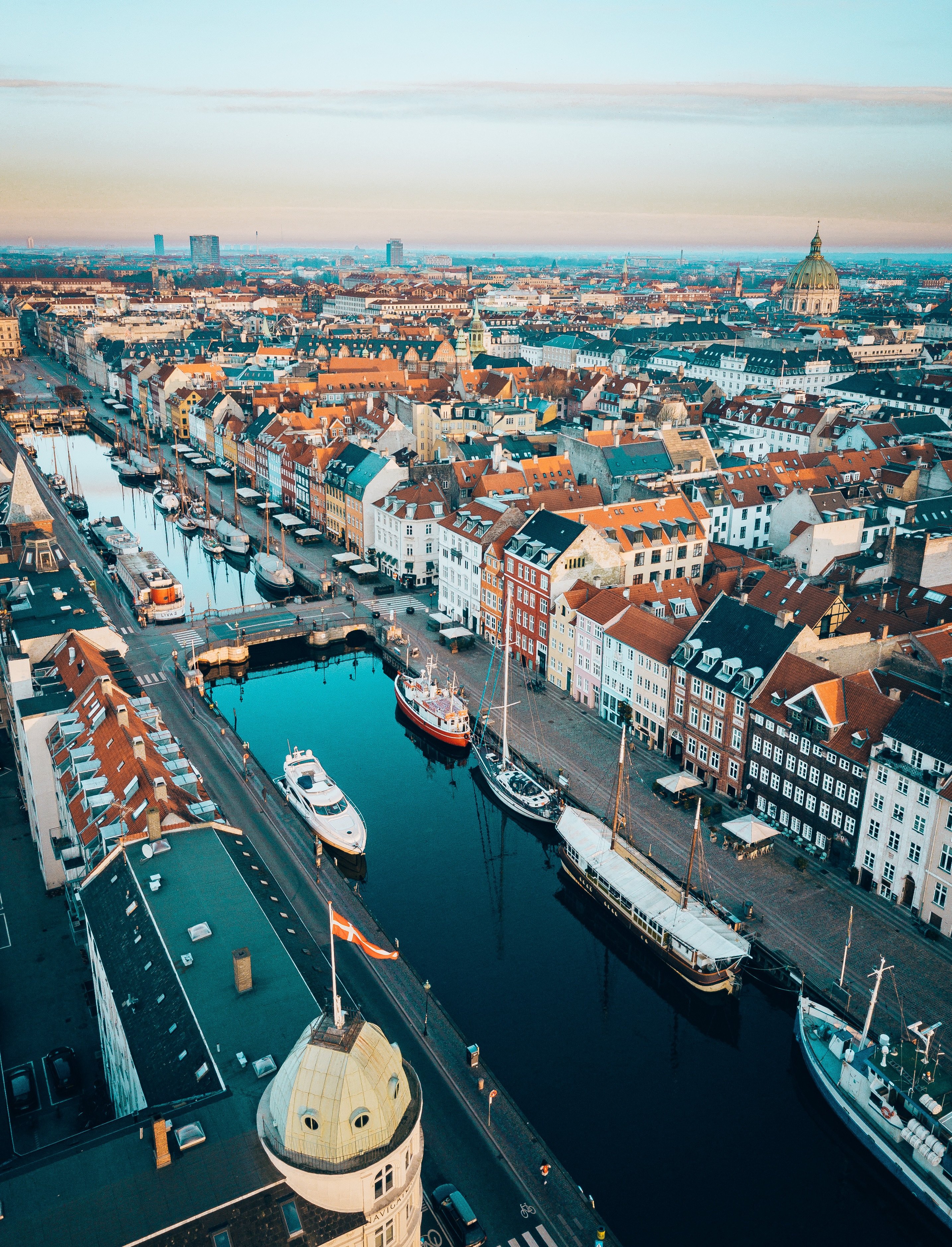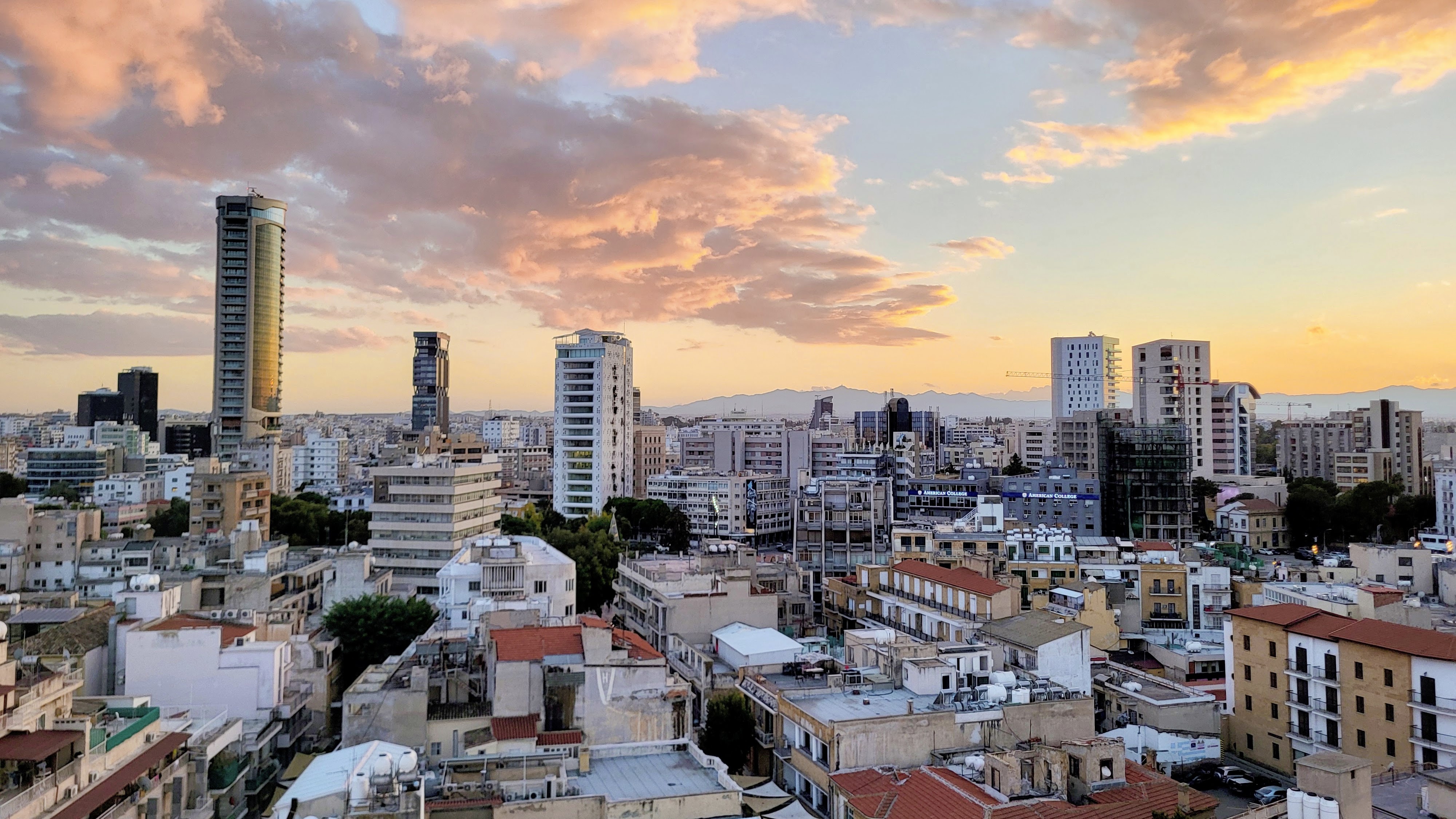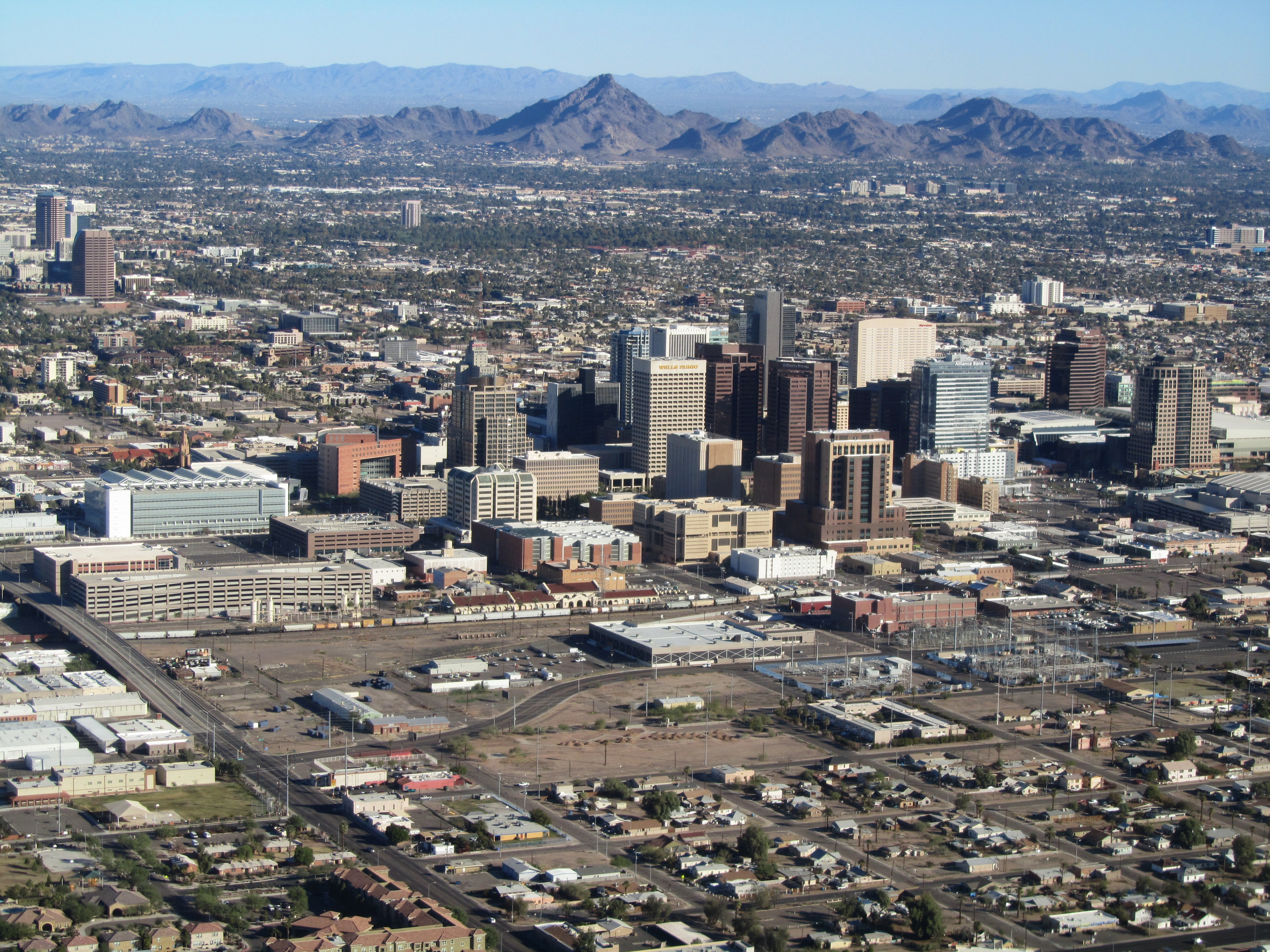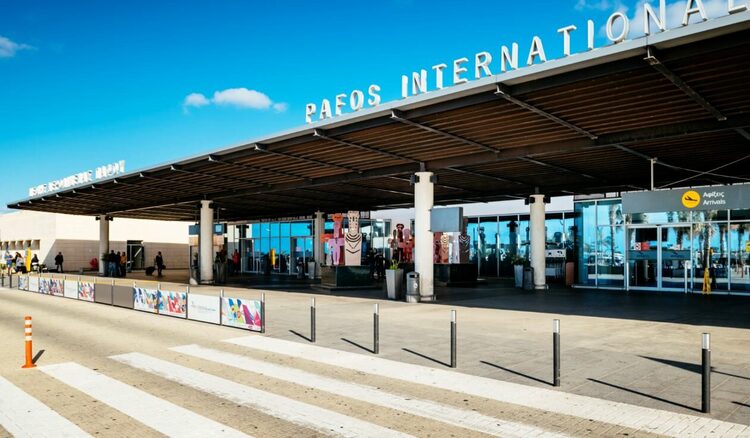By Ioanna Panayidou
Cities are reflections of the world around us, embodying the social, cultural, and economic structures of their time. The relationship between cities and the natural environment is inherently dynamic and bidirectional – cities are shaped by environmental conditions, but in turn, significantly alter these conditions through human activity.
As such, urban planning must strive for a balanced coexistence between people and nature, aiming to achieve ecological and social equilibrium alongside long-term prosperity. A truly sustainable city requires integrated strategies that respect the environment, promote the responsible use of natural resources, and enhance urban resilience in the face of evolving environmental, social, and economic challenges.
As a natural extension of urban planning and the city-environment relationship, buildings are recognised as fundamental components of the urban landscape – not merely as physical structures, but as carriers of identity, history and daily life, intrinsically linked to human experience.
The maintenance and adaptation of the urban fabric, guided by modern urban planning principles and with sustainability as a core strategic axis, becomes essential – particularly in the case of buildings of high aesthetic, historical or cultural value, such as listed buildings, monuments, cultural landmarks, traditional settlements and historic centres.
These spaces encapsulate cultural narratives, serve as sources of knowledge, inspiration and memory, and stand as living evidence of resilience and sustainable continuity across time. Collectively, they form the essential substance of cultural heritage preservation.
Urban sustainability is defined as the ability of a community to function and evolve while maintaining a balance between social needs, economic demands and environmental constraints. However, this balance is constantly tested by complex and intensifying pressures, natural disasters such as earthquakes, floods and fires, climate change, and socio-economic crises such as poverty, inequalities, crime and delinquency.
In this context, urban heritage must not only protect collective memory but also adapt to changing land use caused by phenomena such as urbanisation or deforestation.
The effects of the growing environmental imbalance are now visible. Extreme events such as heavy rainfall, strong winds, fires and flooding events, high temperatures and humidity affect vulnerable cultural structures, undermining the stability and continuity of the urban landscape. Air and water pollution exacerbate deterioration, especially when combined with extreme climatic conditions.
Anthropogenic pollutants, such as carbon dioxide and sulphur emissions from industry and transport, contribute to phenomena such as acid rain, which accelerates the erosion of historic buildings and monuments.

Beyond environmental pressures, political conflicts and geopolitical tensions should not be overlooked; armed conflicts, terrorist attacks and cultural cleansing practices result in the destruction or levelling of historic city centres, as victims of strategic or commercial rivalries.
In addition to environmental and geopolitical threats, the inability of national institutions to allocate sufficient resources to protect cultural heritage as a result of the economic crisis is also having a serious impact on cultural heritage. Cuts in public spending, salaries and staffing are severely affecting the smooth operation, maintenance and security of sites of cultural interest.
Consequently, the system is underperforming, and reduced visitor numbers lead to the abandonment of important properties with special architectural and historical value. This neglect not only causes aesthetic degradation, but also brings environmental and health risks, as these sites often become hotspots of pollution, waste concentration and microbial load for the wider area.
The concept of resilience is promoted as a key strategy for managing these challenges and achieving sustainability. The protection of cultural heritage requires the coordination of international initiatives and global organisations, combined with state policy and local planning, as well as the active participation of local communities.
Urban planning plays a key role in this process, acting as a mechanism for strengthening and regenerating cultural heritage.
The contribution of policies and interventions shaped within the UN agenda, through programmes of international organisations and transnational cooperation networks, which promote transnational interaction, is crucial.
For example, Unesco plays a key role in the protection of World Heritage Sites through the promotion of common policies and the establishment of international management standards. The 2030 Agenda proposes a comprehensive set of 17 Sustainable Development Goals (SDGs), while the framework ‘The Future We Want’ promotes the creation of sustainable cities through modern urban planning approaches.
Similarly, Habitat II focuses on urban planning and spatial organisation, highlighting the importance of a holistic management of urban space, including renewal, modernisation, conservation and prevention.
For the holistic and sustainable development of cities, it is necessary to define clear objectives and a common vision of cooperation between all relevant actors and stakeholders. This vision must be based on a cross-sectoral and interdisciplinary approach, ensuring that the organisation and operation of urban space respects both the environment and the cultural values of cities.
The strategy adopted should incorporate practices and tools that highlight historic areas as living and active parts of the modern urban fabric, promoting the harmonious coexistence of tradition and innovation, through green policies and sustainable forms of mobility.

Culture can serve as a powerful driver of sustainable development, strengthening the local economy through soft tourism and fostering social cohesion. In doing so, it contributes to the enhancement of local identity, raises environmental awareness, and educates citizens on the importance of preserving both cultural and natural heritage.
When tourism is developed in harmony with the environment and the local community, it helps maintain the integrity of place and reinforces its sustainability, revealing the deeper connection between people, their surroundings, and the historicity of the landscape.
Sustainable urban development requires approaches that harmoniously combine the natural and cultural environment. Nature-based solutions offer significant potential for enhancing the environmental resilience of cities while promoting quality of life.
When these solutions are implemented in combination with the protection and activation of cultural heritage – be it historic buildings, traditional settlements or cultural landscapes – synergies are created that enhance both urban identity and sustainability.
Linking nature with culture and the built environment is not only an environmental policy tool, but also an opportunity for a more holistic, human approach to the design of the cities of the future.
In conclusion, resilience emerges as a critical pillar of sustainability for modern cities, reflecting their capacity to adapt to evolving social, environmental, and economic conditions while preserving their functionality and cohesion. The re-use and activation of historic sites is not only an act of cultural heritage preservation, but also a meaningful contribution to the development of flexible and resilient urban communities.
At the heart of this vision lies human-centred urban planning, which promotes active citizen participation and integrates the historic city into contemporary daily life. This approach lays the foundation for a cohesive, dynamic and genuinely sustainable urban future.
Ioanna Panayidou is an employee at ideopsis Ltd







Click here to change your cookie preferences